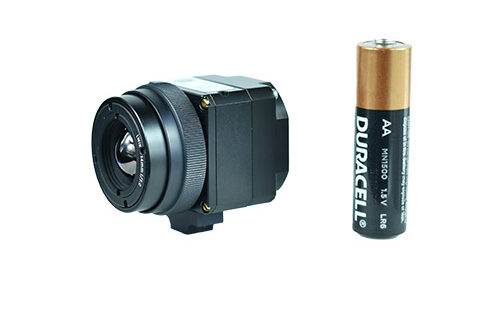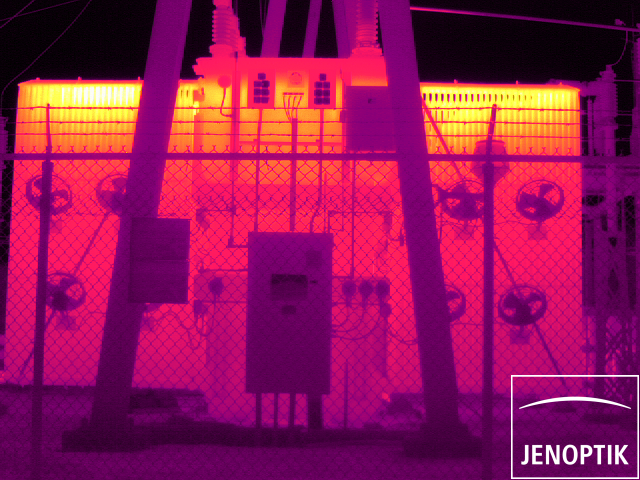Last modified on March 22nd, 2024 at 10:07 am
In this Ask an Expert Chris Johnston, President of Sierra-Olympia, is going to answer the question, what is a radiometric camera? We’ve been in business for 28 years, and in that time we’ve been helping customers understand the difference between a radiometric camera and a non-radiometric camera we call non-radiometric cameras.
Radiometric cameras read temperature through calibrated energy detection
Longwave radiometric cameras (such as the Jenoptik EVIDIR®) measure energy (in Watts) reflected or emitted by different surfaces. All surfaces radiate energy according to Planck’s law, and that energy is related to the surface’s temperature. This relationship is described by the Stefan-Boltzmann equation. Radiometric cameras capture images of scene energy, and through careful scientific calibration according to these physical laws, convert that energy into temperature measurements. Because surfaces can reflect (as well as radiate) energy, other inputs are necessary for accurate measurement: emissivity, atmospheric transmission, distance to target, and so on. The calibration and compensation built into radiometric cameras such as the EVIDIR® allow consistent and accurate measurement of temperatures throughout a scene image.

640 x 480
LWIR
Radiometric Camera Use Cases
Radiometric cameras find various applications where temperatures must be measured or temperature gradients need to be visualized. A typical application is PCB inspection, where individual electrical components on a circuit board can be identified by their heat signature to find malfunctioning components or measure thermal limits. Radiometry is used in manufacturing to monitor maintenance as well as process: machine faults, failures, and behavior can be consistently monitored by temperature, providing predictive indicators that allow more intelligent and accurate maintenance; process performance can be characterized where thermal conditions are important to a manufacturing process. Infrastructure safety has applications such as equipment monitoring in data centers (to identify thermal performance of individual assets) and waste management (to identify particularly hot raw materials). Radiometric cameras designed for size, weight, and power optimization (such as the Jenoptik EVIDIR) find applications in the air, being integrated into aerial platforms for temperature measurement of wide areas from above. Of course, this represents only a few of the many use cases for cameras that can measure calibrated temperature – we’d love to talk about your application and answer any questions you may have.
There’s more behind the scenes of this science than what we have gone over here. There are courses available that go into detail on understanding radiometric cameras. Fundamentally radiometric cameras are available for temperature measurement. Thank you for reading this Ask an Expert.

